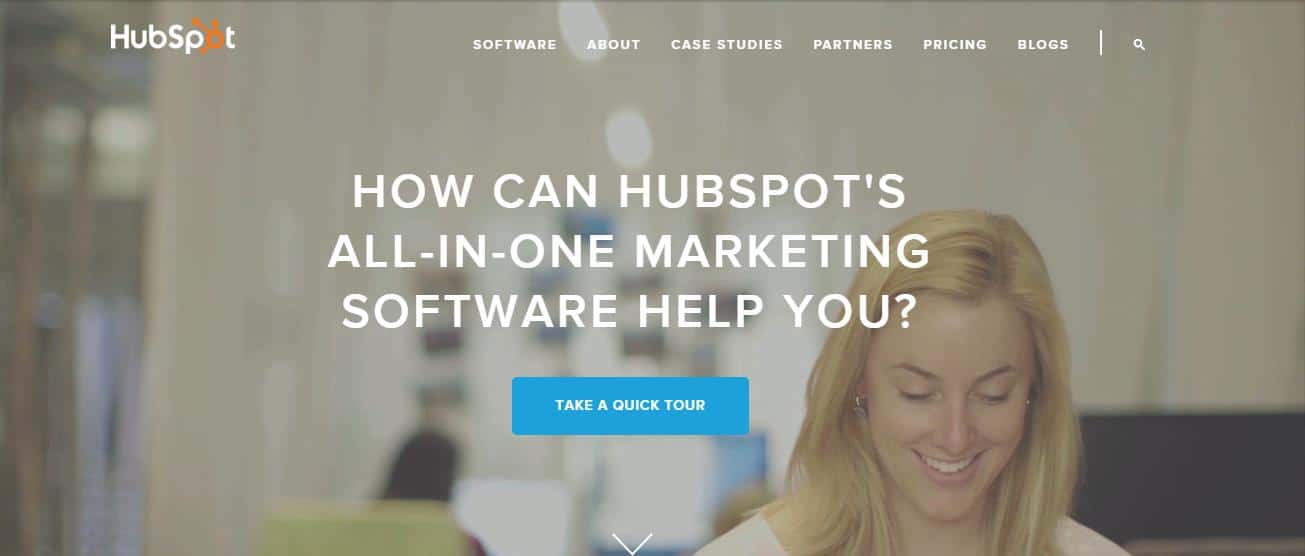Businesses who specialize in web design must pay close attention to new ideas in their industry. This is especially true for web design agencies trying to stay ahead of the curve and keep their clients tuned into their creative, up-to-date strategies.
Many web designers and marketers have been watching experts laud the merits of dynamic content personalization for the past several years, yet few have an idea of how to implement it from a tactical perspective—and less are interested in attempting it. Despite reports from leading platforms such as Salesforce, which showed that 57% of its customers were willing to volunteer data to receive more personalized services and products, only 7% of enterprise level firms listed personalization as a priority.
The numbers do more to demonstrate the opportunity cost of this decision than anything else, but those who wish to give customers what they truly want can use the following best practices to make their websites more accessible and relevant—regardless of who visits.

Attuning yourself to your audience is vital before attempting to personalize content, and this is impossible without collecting data on them, which even non-personalized quality content can accomplish by encouraging form-fills, mailing list signup and more. The best approaches take into consideration three crucial axes: the who, what, and why?
Who is visiting your site? Demographics plays the main role here, with marketers tasked with understanding the “stats” on their website’s visitors, which must include descriptors like age, gender, location, family size, education, income and more. These can help a marketer target more accurately. The second question relevant to ask is what are your visitors doing on your site? With the proper metrics, you can study the path they take through the site where they click and how long it takes them to reach the end of your marketing funnel for instance. These actions and more, and how often they occur, are key for forming a more comprehensive understanding of what users want.
[insert page='conversations-and-conversions-how-chatbots-and-messaging-apps-are-changing-the-game' display='single-related-article-02.php']
Finally, with demographics and behavioral data you can determine answers to the most nebulous question of all: why are users taking specific actions on your site? This is what we call the motivational axis, and it combines demographic and behavioral data to help define the intent of users. Classifying users by demographics alone produces user profiles which look similar, but have vastly different intentions, making personalization inaccurate and also unscalable. However, considering a user’s search terms on your site and other “How?” metrics simultaneously gives you a better idea of that user’s reason for being there.

Personalization is an effective tool when applied correctly and in moderation but overdoing it will have consequences. Getting the recipe right is more important than embarking on a personalization project in the first place, and new data backs up this notion by showing that a whopping 75% of consumers found personalization to be “creepy”, with 22% of respondents citing it as a reason to abandon the brand in favor of another. Understanding this balance and the thin line you walk means the difference between a customer who has a very satisfying experience and one who’s scared by your suspicious omnipotence.
The goal is not to show customers that you know everything about them, but to add value where there was little before. Enhancing a user’s experience on your site is often accomplished merely by recommending relevant content, and nothing more. Focus on finding the right corners of your website to personalize. Savvy marketers aren’t ashamed to trawl the sites of competitors who personalize well, or to enlist the help of innovative website solutions that can help identify where the right triggers for personalization should be positioned.
Web design platforms such as Duda provide built-in support for the personalization triggers such as time of day, geolocation, return visits and more. Administrators using Duda can also customize the specific actions which serve personalized content after identifying relevant targets. This is highly useful for web design agencies who want to wow their clients with cutting-edge web design that aims for high conversion rates. The elements you can deploy are those that customers respond well to, such as notification bars, pop-ups and more. Duda also allow you to measure the trajectory of conversion rates and A/B test to optimize your efforts.

To accomplish the granular profiling described above—a precursor to effective personalization—you must deploy data from every source available to you. This is crucial for effective UX while focusing on a single source of data makes for a poor UX that may clash with how your users behave. The lowest-hanging fruit should be considered first: impression data that helps build a foundation for personalized UX such as device type, geographies, time of day, and more. Even free tools such as Google Analytics can be incredibly useful in understanding your company’s visitors.
With this data you can identify specific customers and with a proper CRM platform such as SalesForce or PipeDrive, which focus on customer data gathering, begin to record the histories of new and returning customers with elements on your site like forms, email, and other interactive assets. It’s also recommended to accelerate the process with third-party marketing data, which can be purchased or slowly collected yourself if your business model can be supplemented by affiliates for instance.

At the end of the day, personalization is a tool that provides value and helps to augment how users experience your website. It’s not about novelty, or looking cool, and there are many ways to do it wrong.
Personalized elements cannot be added slapdash to your site with the hope that it will boost retention or sales, meaning you must already have a firm grasp on the granular metrics of your website to determine where and why personalization is working. Using tools like OptinMonster or Monetate, which help with targeting and tracking success can give you a much clearer picture of your strategies’ effectiveness. A results-based approach incorporates data, not expectations, for your tactics to be effective.
[insert page='the-impact-of-good-website-design-on-your-conversions' display='single-related-article-05.php']
Don’t expect to see any magic conversion rate boost on your first attempt at website personalization. In fact, expect the exact opposite. It’s essential to approach your task with prior information as mentioned above, but being data-driven doesn’t end there. Make the logical assumption that further A/B testing will be needed to fully optimize your personalization skills and find the right combination of triggers and actions to match each target audience. Be ready to experiment, make mistakes and fix them accordingly.
Personalized content is the new status quo, and as users of the web yourself, you likely take advantage of content that’s been skillfully and subtly integrated into the sites you browse most often. The goal then should be very clear: work towards personalization on your website and your clients’ websites. Eventually, you’ll claim a larger slice of the internet traffic pie and keep them coming back for more.